Analytical Testing Services and Capabilities
Fast, Accurate Testing for High-Stakes Products
At Quantum Analytics Group, we deliver a comprehensive suite of analytical testing services designed to uncover the chemical and material properties that directly impact your product’s quality, performance, and compliance. Whether you're troubleshooting performance issues, identifying impurities or contaminants, or navigating complex regulatory requirements, our expert chemists and scientists are equipped with the right techniques and deep industry knowledge to deliver clear, actionable insights—efficiently and cost-effectively.
From early-stage research and formulation, through process development, scale-up, manufacturing, and quality control to failure analysis, our analytical testing services support your product's journey—ensuring it meets the highest standards of quality, safety, and regulatory compliance at every stage of development and release. Explore our full range of testing services:
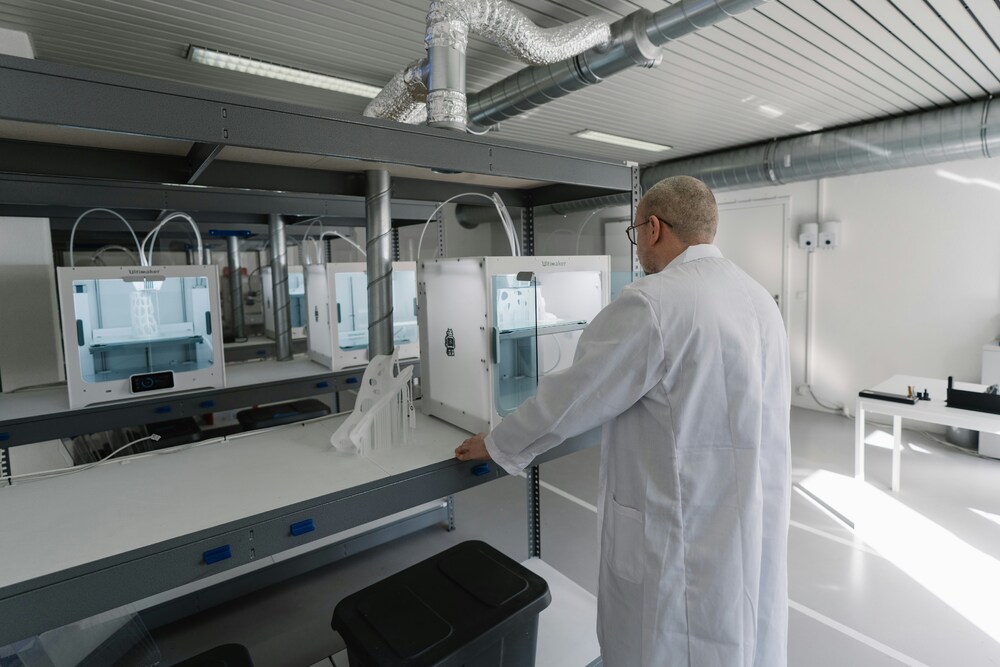
Raw Materials & Excipient Testing
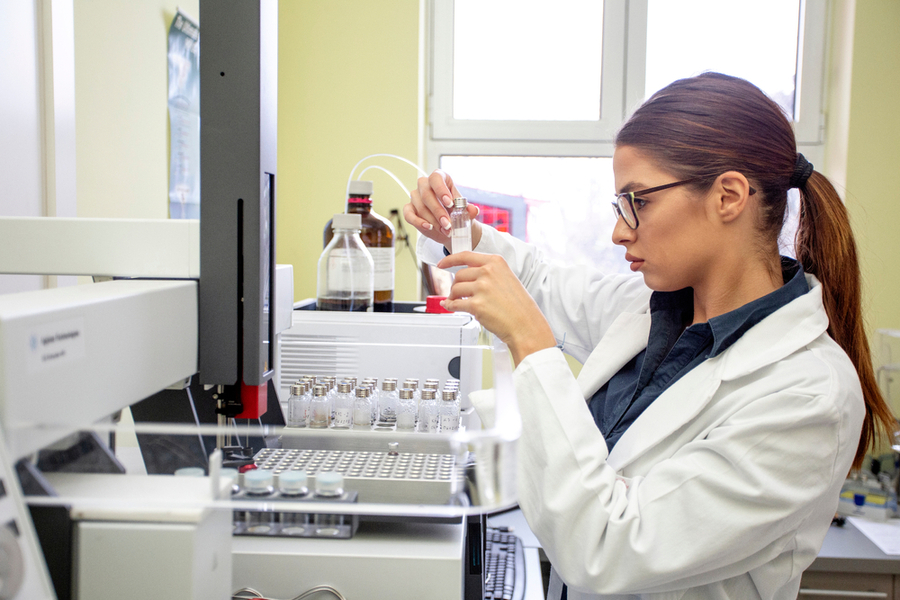
Residual
Solvents
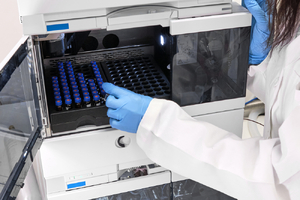
GMP
Testing
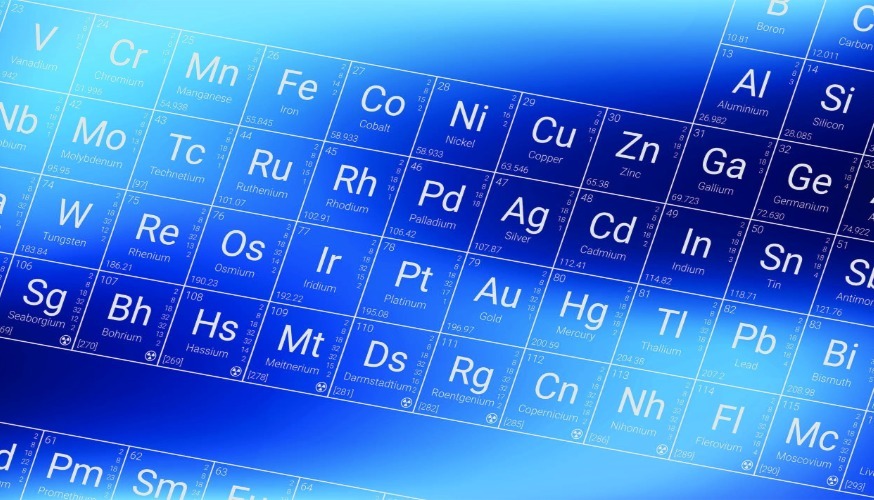
Elemental Impurities & Heavy Metals

Method Development & Validation

Contaminant & Impurity Analysis
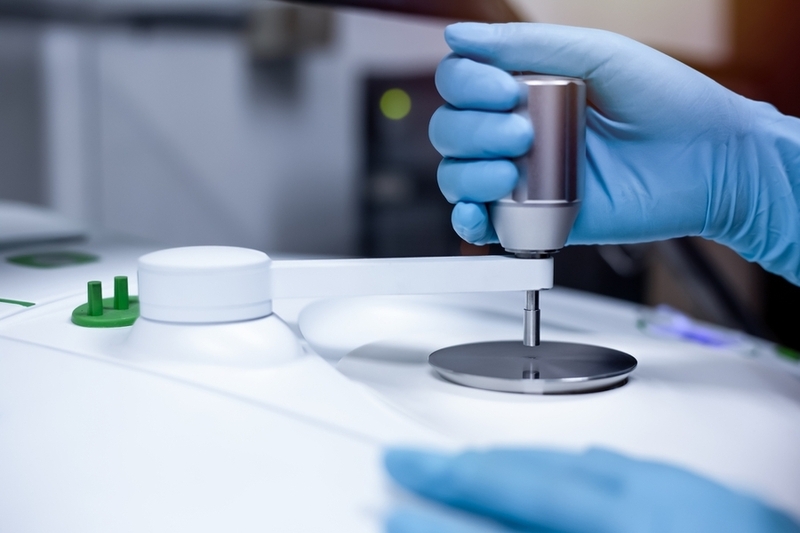
Failure
Analysis

Specialty Testing
Services
Ready to Get Results You Can Trust?
Book a consult with our team to discuss your goals, get expert input, and map out your next steps — with no pressure, just clarity.
.png?width=100&height=104&name=Frame%204%20(1).png)